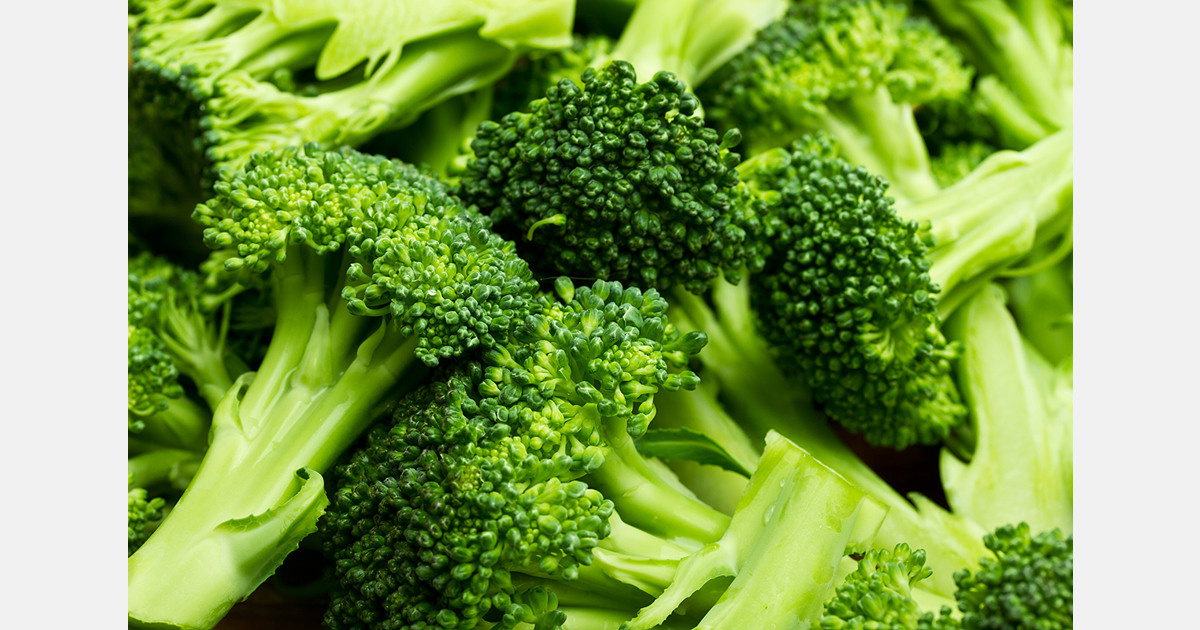
Recent laboratory analyses have identified hazardous levels of chemicals in broccoli distributed across the Kathmandu Valley, raising food safety concerns. The Rapid Bioassay of Pesticide Residue Analysis Unit reported that broccoli samples showed a 93.91% concentration of organophosphate pesticide, surpassing the safe threshold. This follows a 95.27% pesticide residue detection in long yard beans from Sarlahi and a 75% residue in bitter gourd from Chitwan, both deemed unfit for consumption and destroyed.
The unit specifies that pesticide residue below 35% is deemed safe, while levels between 35% and 45% may be acceptable after a waiting period. Residues above 45% are considered unsafe. The majority of these vegetables are sold at the Kalimati Fruits and Vegetable Market, the largest wholesale hub in the Kathmandu Valley.
Findings indicate that most produce at Kalimati is cultivated with organophosphate pesticides, which are more toxic than carbamates. Both pesticide types are neurotoxic and pose risks to human health and the environment. Officials note that excessive pesticide use by farmers aims to accelerate growth and protect against pests, driven by emerging insect threats due to climate change. This has resulted in increased pesticide imports and usage.
Shanta Karki, head of the Central Agricultural Laboratory, attributes high chemical residues to a lack of awareness among farmers. She states, “Pesticides should not be used on crops that are ready for harvest.” However, many farmers apply pesticides shortly before market delivery, leading to high residue levels. Avoiding pesticide use during the final harvest phase could substantially reduce contamination.
Nepal has banned a substantial portion of organophosphate pesticides, yet enforcement is weak. The availability of these chemicals in agro-vet stores allows continued misuse. Traders and farmers reportedly use pesticides before market delivery to maintain produce freshness and attractiveness for higher market value. Key agricultural districts supplying Kalimati include Kavrepalanchok, Sarlahi, Bara, Chitwan, and Dhading.
Routine testing reveals that seasonal vegetables like green leafy varieties, broccoli, tomatoes, and cauliflower often exceed safe pesticide limits. In January, 600 kilograms of leafy greens were discarded from Kalimati due to excessive pesticide contamination.
The World Health Organisation cautions that pesticides can be toxic, leading to varied health effects based on exposure level and duration. Nepali officials have observed a rise in hazardous pesticide, herbicide, and fertilizer use. According to lab experts, many farmers disregard the waiting period after spraying chemicals, leading to unsafe residue levels in markets. They often exceed recommended dosages to prevent pest damage, increasing health risks.
As climate change impacts crop conditions, with erratic rainfall and droughts causing new pest outbreaks, farmers increasingly rely on chemical solutions. Experts emphasize the need to educate farmers on safe pesticide practices and enforce stricter regulations to safeguard public health.
Source: The Kathmandu Post
Source: The Plantations International Agroforestry Group of Companies
